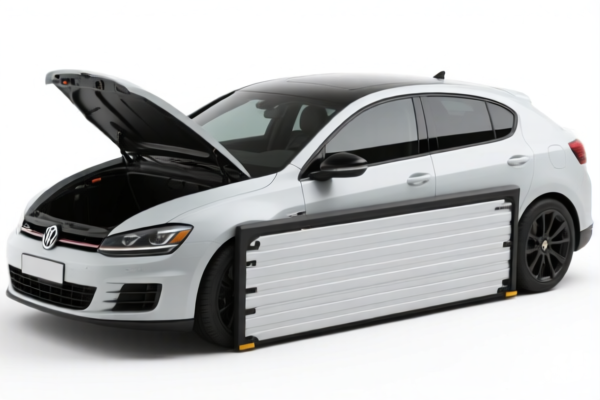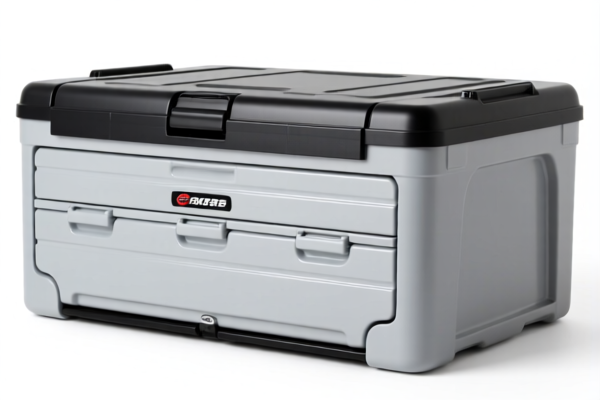Found 12 matching results
(CN → US)
| HS Code | Official Doc | Tariff Rate | Origin | Destination | Effective Date |
|---|---|---|---|---|---|
| 8605000000 | Doc | 69.0% | CN | US | 2025-05-12 |
| 8604000000 | Doc | 57.9% | CN | US | 2025-05-12 |
| 8606990160 | Doc | 69.0% | CN | US | 2025-05-12 |
| 8606990130 | Doc | 69.0% | CN | US | 2025-05-12 |
| 8716400000 | Doc | 55.0% | CN | US | 2025-05-12 |
| 8716905060 | Doc | 58.1% | CN | US | 2025-05-12 |
| 9406900190 | Doc | 82.9% | CN | US | 2025-05-12 |
| 9406900130 | Doc | 82.9% | CN | US | 2025-05-12 |
| 7610900060 | Doc | 85.7% | CN | US | 2025-05-12 |
| 7610900080 | Doc | 85.7% | CN | US | 2025-05-12 |
| 8304000000 | Doc | 33.9% | CN | US | 2025-05-12 |
| 8304000000 | Doc | 33.9% | CN | US | 2025-05-12 |




Storage Vehicle
A storage vehicle is a container or conveyance designed for the secure containment and transport of goods, materials, or other items. These vehicles vary significantly in size, construction, and purpose, catering to a wide range of storage and logistical needs.
Materials:
- Metal: Steel, aluminum, and stainless steel are common for their durability, strength, and resistance to corrosion. Often used in shipping containers, large industrial bins, and some specialized transport containers.
- Plastic: High-density polyethylene (HDPE) and polypropylene are frequently used for pallets, crates, bins, and smaller containers due to their lightweight nature, cost-effectiveness, and resistance to chemicals.
- Wood: Historically prevalent, wood is still used for pallets, crates, and some specialized storage needs, though less common due to concerns about durability, pest control, and sanitation.
- Composite Materials: Increasingly used for specialized applications requiring high strength-to-weight ratios, corrosion resistance, or temperature control.
- Fabric: Used in flexible intermediate bulk containers (FIBCs, or bulk bags) for dry, flowable goods.
Purpose:
- Containment: Protecting stored items from damage, contamination, and the environment.
- Organization: Facilitating efficient inventory management and retrieval.
- Transportation: Enabling the movement of goods between locations.
- Protection: Shielding contents from weather, theft, or unauthorized access.
- Stacking: Optimizing space utilization during storage and transport.
Function:
- Static Storage: Holding items in a fixed location (e.g., warehouse racking).
- Mobile Storage: Allowing for the movement of items within a facility or between locations (e.g., forklifts carrying pallets).
- Temporary Storage: Providing short-term containment during processing or transfer.
- Long-Term Storage: Preserving items for extended periods.
- Environmental Control: Maintaining specific temperature, humidity, or atmospheric conditions.
Usage Scenarios:
- Warehousing: Storing goods in large quantities.
- Logistics and Transportation: Moving goods along supply chains.
- Manufacturing: Holding raw materials, work-in-progress, and finished products.
- Retail: Displaying and storing merchandise.
- Agriculture: Storing crops and agricultural products.
- Construction: Holding building materials and tools.
- Waste Management: Containing and transporting waste materials.
- Personal Storage: Holding belongings in homes, garages, or storage facilities.
Common Types:
- Pallets: Flat transport structures supporting goods; typically wood, plastic, or metal.
- Shipping Containers: Large standardized containers for intermodal transport by ship, rail, and truck. (20ft, 40ft, High Cube etc.)
- Crates: Enclosed structures for protecting fragile or valuable items.
- Bins: Open or closed containers for storing bulk materials.
- Totes: Durable, stackable containers often with lids and handles.
- Racks: Storage structures designed to hold multiple containers or items. (Selective, Drive-in, Push-back, etc.)
- Flexible Intermediate Bulk Containers (FIBCs/Bulk Bags): Large, flexible bags for dry, flowable materials.
- Drums: Cylindrical containers for liquids or solids. (Steel, Plastic)
- Roll-off Dumpsters: Large open containers for waste or debris.
- Gaylords/Super Sacks: Large, heavy-duty bags similar to FIBCs, often used for agricultural products.
- Toolboxes: Secure containers for storing tools and equipment.
- Lockers: Individual storage compartments for personal belongings.
Based on the provided information, the term "storage vehicle" can relate to several categories of goods. Here's a breakdown of potentially relevant HS codes:
- 8716400000: This code covers “Other trailers and semi-trailers”. Trailers and semi-trailers are often used for storage and transportation of goods. The tax rate details are: Basic tariff: 0.0%, Additional tariff: 25.0%, Additional tariff after 2025.4.2: 30.0%, Total tariff: 55.0%.
- 8716905060: This code covers “Trailers and semi-trailers; other vehicles, not mechanically propelled; and parts thereof: Parts: Other Other”. If the “storage vehicle” refers to parts of a trailer or semi-trailer, this code may be applicable. The tax rate details are: Basic tariff: 3.1%, Additional tariff: 25.0%, Additional tariff after 2025.4.2: 30.0%, Total tariff: 58.1%.
- 9406900190: This code covers “Prefabricated buildings: Other Other: Other”. Depending on the construction and purpose, a “storage vehicle” could be classified as a prefabricated building. The tax rate details are: Basic tariff: 2.9%, Additional tariff: 25.0%, Additional tariff after 2025.4.2: 30.0%, Total tariff: 82.9%.
- 9406900130: This code covers “Prefabricated buildings: Other Of metal: Other”. If the prefabricated building is made of metal, this code may be applicable. The tax rate details are: Basic tariff: 2.9%, Additional tariff: 25.0%, Additional tariff after 2025.4.2: 30.0%, Total tariff: 82.9%.
Regarding HS codes 9406900190 and 9406900130, please note the additional tariff of 25% on steel and aluminum products.
Customer Reviews
No reviews yet.